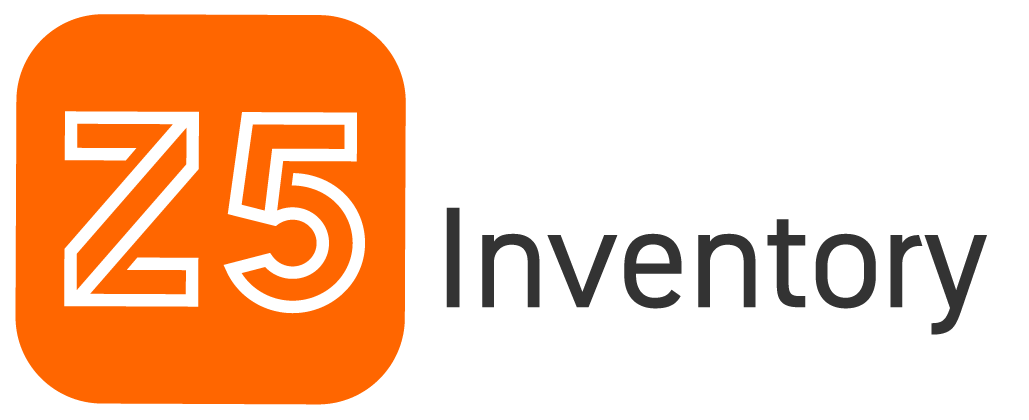5 Technologies You Can Use To Improve Healthcare
How They Work and Where To Put Them To Work
Just so you don’t have to go ask that annoying guy in IT (we won’t mention his name, because you know he has a Google Alert set up for it) here are a list of the technologies that all the cool kids are talking about.
And so you don’t have to listen to the annoying guy in IT’s technobabble about all the things you ought to be doing, because he knows so much we’ve listed some of the ways that others are implementing or planning to implement these technologies in their healthcare providers and systems.
Blockchain
It seems like there’s a new. article. about. blockchain. every. day.* The technology is so hot right now (Bitcoin, anyone?) that you probably even saw it featured on Last Week Tonight.
The basics of how it works are: a record, like a transaction or change of ownership, is kept across several computers, and every time the record is altered, it’s altered on all of the computers.
There are lots of benefits to this technology, like the fact that it becomes almost impossible for your records to disappear. So how should you implement blockchain into your healthcare provider? To be honest: slowly and carefully. Since everyone (including drink manufacturers) are getting into the blockchain game, it’s hard to know who to trust right now. You might be better off putting a pin in this one for the moment, unless you already have a plan for how blockchain might benefit your organization.
*These articles really were all published within a couple weeks of each other, by the way.
RFID
One of those acronyms a lot of people are throwing around with very little explanation is RFID, which stands for radio frequency identification. As you might guess, this technology uses radio waves to transmit data.
You’ve probably already used RFID without realizing it. Remember when you bought that copy of 50 Shades Freed and the clerk spent an uncomfortable amount of time making eye contact while deactivating the little electronic label so the sensors didn’t beep when you exited the store? No? Um. Well, hypothetically that’s one use for RFID.
This has huge potential to streamline the supply chain, because every time you grab an item with an RFID tag off the shelf, it sends an alert that the product has been used or moved. Check out how this hospital used RFID tags to reduce their waste.
IOT
Another of those pesky acronyms stands for “internet of things,” which is a fancy way of saying the group of devices that are connected to the internet or other devices.
Whether you meant to or not, you’ve been contributing to the internet of things for a while now. That wireless printer, camera, or even refrigerator? Yup. On the same network, they’re creating an IOT.
Now imagine that you’ve got the kind of RFID cabinets we mentioned before. All those cabinets could be talking to each other and back to the central computer or cloud holding the record of everything that should be on all the cabinets. Can you see how that would benefit your healthcare supply chain?
AI
That’s another acronym, but everyone knows what it stands for. (Thanks, Steven Spielberg!)
Since AI at its most basic is just a program that can apply one set of data to another, you can imagine how it can be applied in almost any field. There are AI applications out there for any need you have. Just on the tracking side, there are services that you can use to track everything from patient records to prescription usage trends to your basic supplies information.
The good news is that, however you want to implement AI, most will allow you to only pay for what you use, just like the consignment products you’re already stocking. So you can test out lots of options to see what’s the right fit for you.
Digital Inventory Management
Implementing tech in your healthcare provider can be as simple as upgrading your paper count sheets to an app-based software that makes your inventory fast, accurate, and secure. There are a few companies out there who provide digital inventory technology.
But how many companies would you guess analyze the data gleaned from a count, identify your slow-moving and excess product, then pick, pack, and ship the product for you before it expires? If you answered, “One. Z5 Inventory,” give yourself a gold star.
And the really good news is that implementing the Z5 Inventory Platform is totally free of IT involvement. So next time the annoying guy from IT comes up to your desk trying to “help,” you can throw this article in his face and yell, “You think you know everything, Brian? Well, look at all the things I know! I know all the things, Brian!”
And just like that a thousand IT guys named Brian just got a Google Alert in their inboxes. Whoops.
Headline photo via Depositphotos / Z5.

